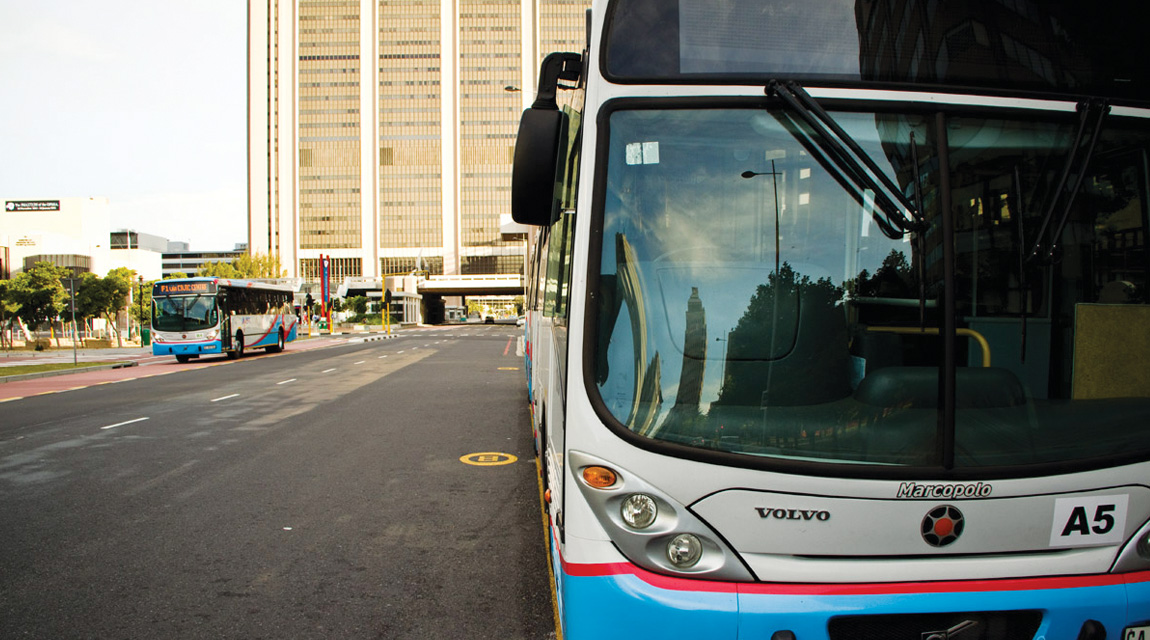Of batteries, buses and boardroom buddies

Have electric buses gone backwards? A recent controversy involving a potential MyCiTi supplier might suggest so
In January the City of Cape Town suspended its Transport Commissioner (TC). One of the reasons, according to The Citizen of January 19, was that the TC was “involved in unfairly advantaging a Chinese company … to secure a tender for electric MyCiTi buses”. Apparently “council officials met the company’s representatives in China and in the TC’s boardroom before the tender was advertised”.
At the time I let it pass, preferring to congratulate Cape Town for showing the way by reintroducing electric buses.
Several months later, however, it turns out that Los Angeles picked up problems with electric buses bought in 2015 from the same Chinese company. A lengthy article in the Los Angeles Times (LAT) of May 25 describes the company as a “skilled political operator (whose) business model includes hiring lobbyists and which invited public officials on foreign junkets”.
Let’s leave that for another time and rather look at the problems encountered with the buses. They “stalled on hills, required service calls much more frequently than older buses and had unpredictable driving ranges below advertised distances, which were impaired by the heat, the cold or the way drivers braked”. Other United States bus agencies that have experienced problems with these buses include Anaheim, Phoenix, Albuquerque and Long Beach.
Reading through the issues described in the LAT article, I couldn’t help thinking back to a sunny but sad day in Durban in June 1967. I had made a point of taking a final ride on NDC 2016, one of an original batch of 12 1939-model Sunbeam double-deck trolleybuses that I had heard were to be withdrawn within a month. At the time no less than nine of them were still in service, but 2016 held the record for the most kilometres – just around a million.
Trundling along in 2016 that day, I never thought that I would be writing this, 51 years later. I do remember thinking that it could have kept going for at least another three years or so, but like so many decisions in public transport in South Africa, its demise was a “done deal” (to quote the promoters of the Gautrain). NDC 2016 would have spent about 50 percent of its life operating on the Berea routes, climbing a cumulative vertical rise of nearly 400 m every day. That would add up to around 3 000 vertical kilometres, or nearly 400 trips to the top of Mount Everest!
Have electric buses gone backward in the last 80 years? It now looks like they won’t make it to the far end of the block, let alone climb Mount Everest. The LAT article talks about battery charging stations along the routes – but good old overhead wires would do the job a lot better.
Advice for Cape Town: put wires up to the top of Kloof Nek Road and then see the buses perform.
Advice for South Africa: start fixing public transport, quickly.
Published by
Vaughan Mostert
focusmagsa




